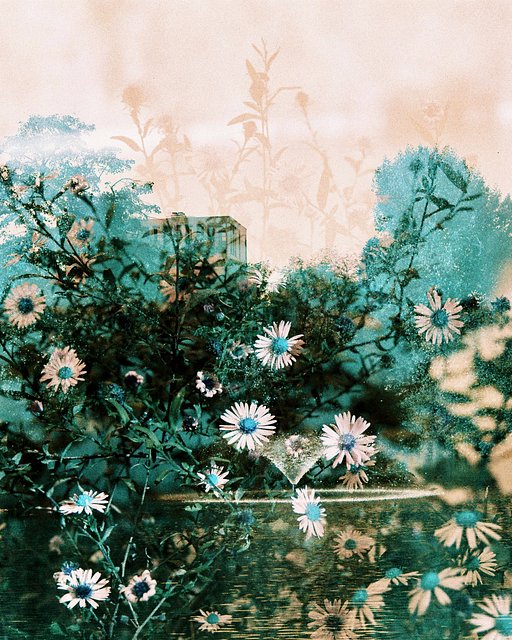Fire Away! Part 1: Basic Principles of Photographing Fireworks
3 24 Share TweetIn this article, learn about the principles of photographing fireworks: which films to use, what camera settings you need, and a few tips for you to try out.

If you are an avid Lomography fan, then you may have already tried light painting. The principle of photographing fireworks is similar. Think of it this way: instead of you holding a torch and drawing in front of the camera with its shutter open, the fireworks take the place of the torch and draws itself!
Can you see the connection? Three photographs to illustrate the similarities from light painting (photo 1), to sparklers (photo 2), to fireworks (photo 3):
The key is to keep the shutter open, for as long as it takes for a firework to fully develop and fade away. And just like light painting—if you want a clear image with visual impact, you need to minimize vibration to the camera while the shutter is open. A good sturdy tripod is essential; using a cable release also helps.
Films
I recommend using a 100 ASA negative colour film (if you are shooting at F8 or F5.6); or a similar speed slide film for cross-processing to get vivid colours.
Camera settings:
- Aperture: F8 or wider (an aperture/F number lower than 8)
- Shutter: you need (preferably) a camera with B (bulb) or T (time) settings in order to keep the shutter open (If your camera doesn’t have these settings, read my tip below). You can press the shutter button as a firework is rocketing its way up the sky; keep the button pressed down while the firework is developing into full burst; then close the shutter as it dies and fades away.
Fun things to try:
- Multiple exposure explosions! Photographs of fireworks have black backgrounds, which make them perfect for double (or triple, or more) exposures afterwards. After photographing the fireworks, rewind the film to the beginning (for example, for 35mm film, don’t fully rewind the film tongue back into the film canister, or use a film retriever) and put the roll through the camera again for a set of double exposed images.
A double exposed photo that consists of a firework shot and a daylight shot:

I double exposed my firework shot with night shots of neon signs:

- Fireworks are incandescent light (light produced from heat), so they usually tend to look reddish on films made for daylight photography. Try using colour filters to change their colours, or use tungsten film for a slightly different effect (If you want to play with colour filters, try using a 200 or 400 ASA film, instead of 100 ASA as suggested above).
- If you are feeling adventurous, try a telephoto lens. You can get a dynamic close-up shot of a firework with a 180mm lens (for 35mm film cameras), but you have the challenge of catching it in the frame because you don’t know exactly where in the sky it will explode.
- If your camera does not have B or T settings, you can still photograph fireworks with some experimentation! Try a combination of these and see if they work for you:
1. Use a ‘fast film’ with a high ISO rating (400 or above)
2. Use the slowest shutter speed you have, with the camera mounted on a tripod. Only press the shutter button just before the firework is fully developed and at its brightest.
3. Your photographs may still turn out underexposed. If you think that may be the case, reshoot the roll of film 1 or 2 times more as multiple exposures (see above). If you are multiple exposing the film with brightly lit daylight shots, you may wish to slightly underexpose those second or third shots to get a balanced exposure overall.
Do you have any top tips for photographing fireworks not mentioned above? Have you tried multiple exposure with firework shots? Please share you wisdom below!
Interested in knowing more? This article is part of a three-part ‘masterclass’ on photographing fireworks. The other articles:
- Part 2: how to photograph firework displays using various Lomo cameras (La Sardina, Diana F+, Diana Mini, Sprocket Rocket, Holga, Fisheye No.2, Lubitel 166)
- Part 3: Ten on-location tips for photographing firework displays.
written by digitaljunk on 2012-07-17 #gear #tutorials #night #fireworks #long-exposure #tips #tutorial #light-painting #multiple-exposure #tipster #technique #how-to #select-type-of-tipster #select-what-this-tipster-is-about



















3 Comments